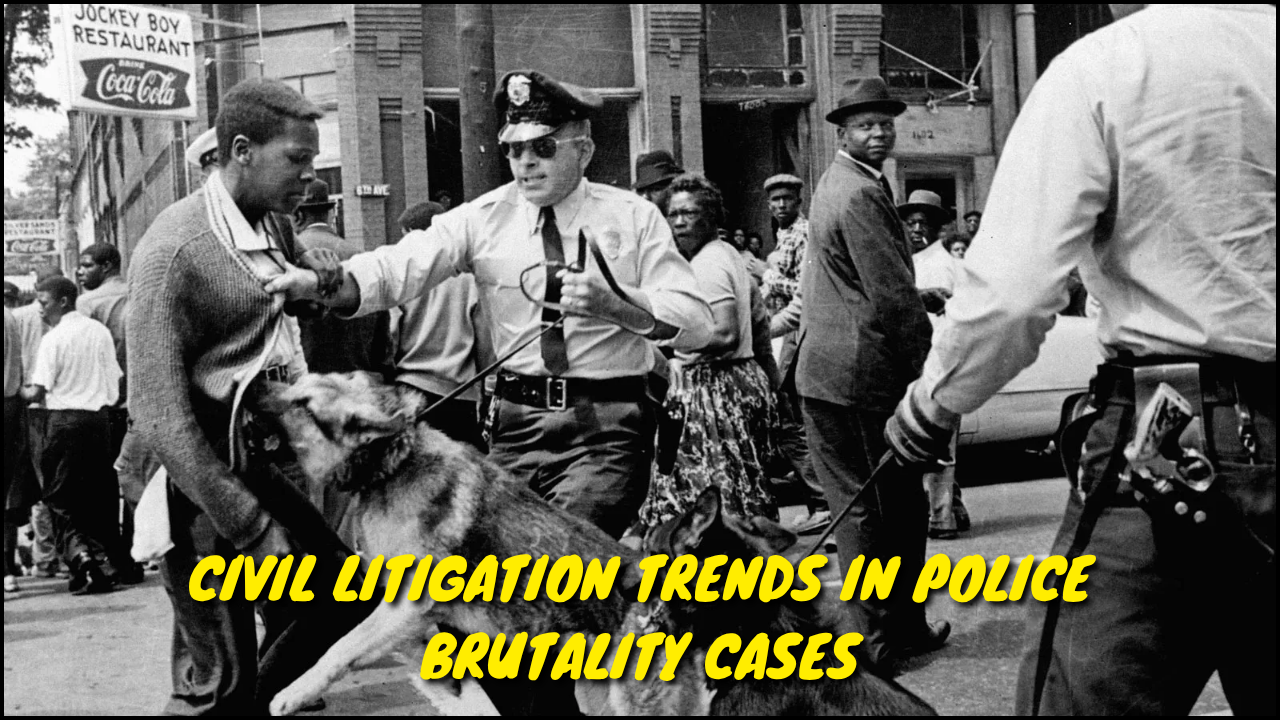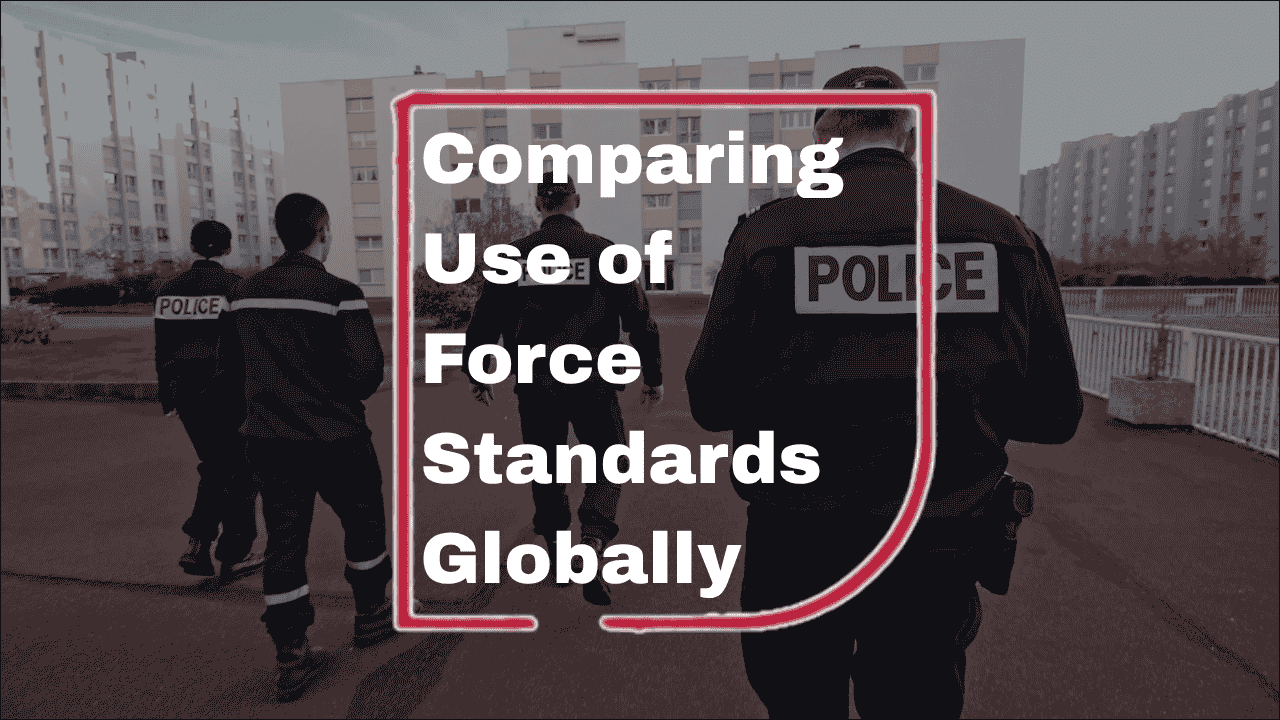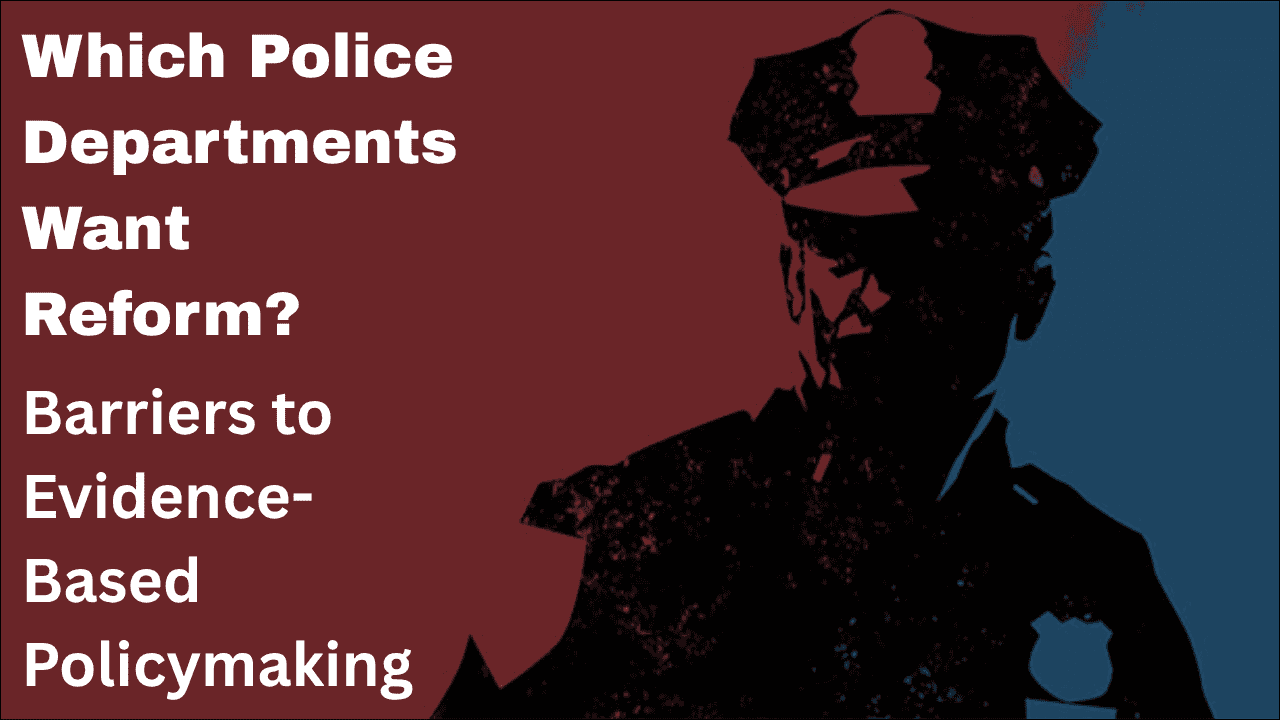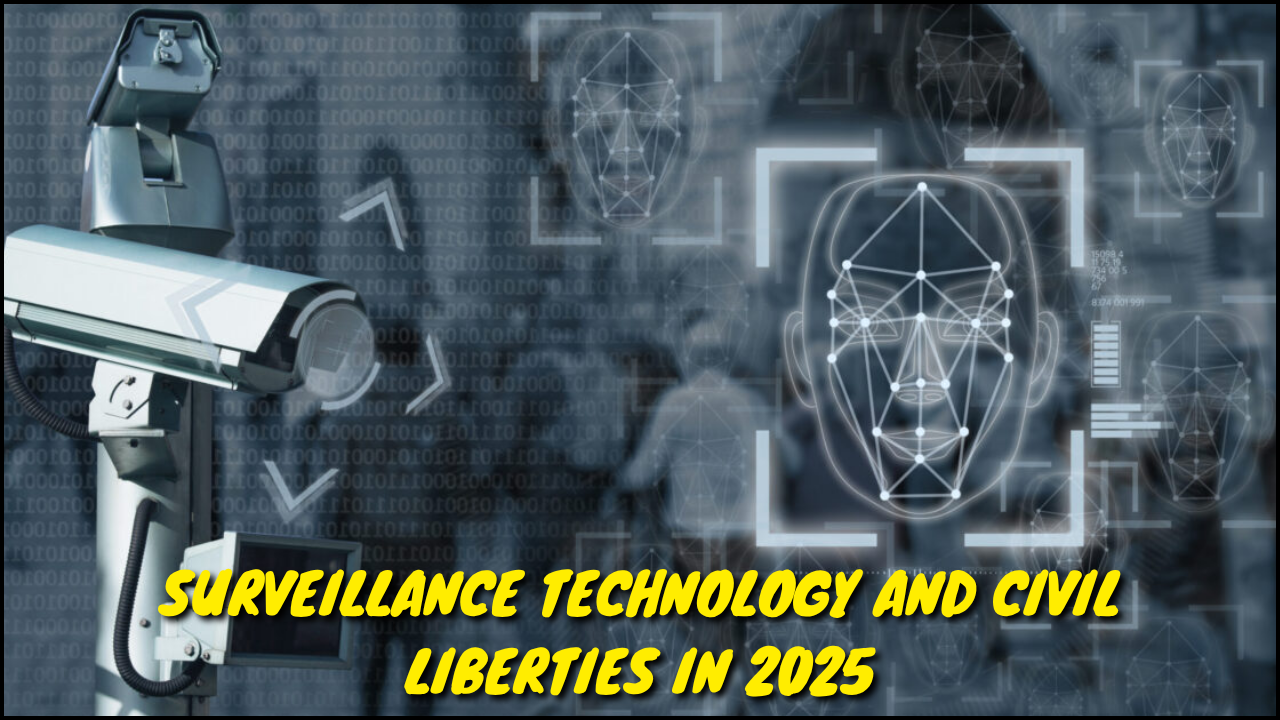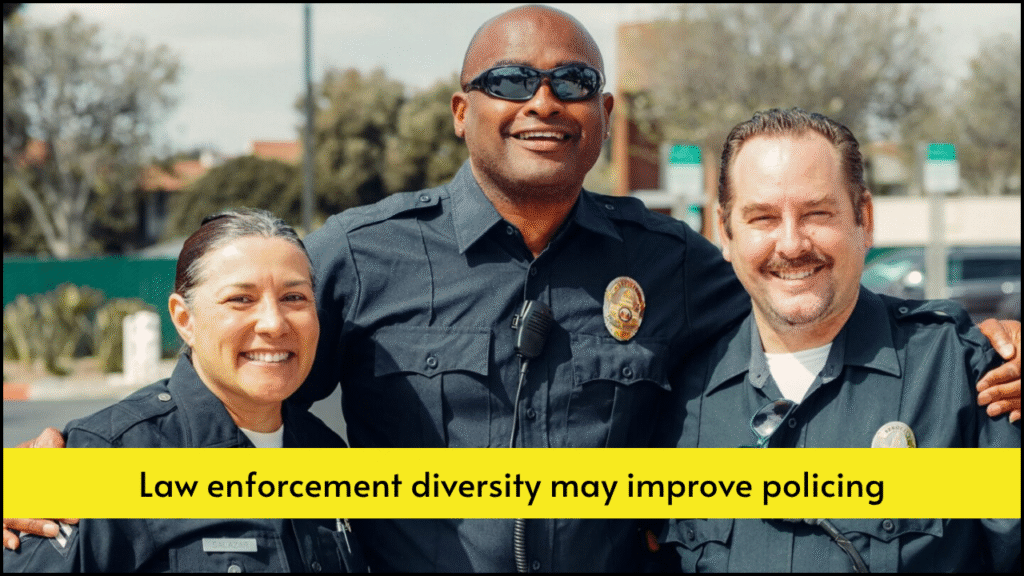
Diversity in law enforcement plays a critical role in shaping the relationship between police departments and the communities they serve. A multicultural police force reflects the demographics of the community, helps reduce racial bias, improves trust, and enhances operational effectiveness. Diversity is not just about ethnic representation; it includes gender, religion, language, age, and life experiences. This broader understanding leads to better communication, reduced instances of profiling, and more informed decision-making during enforcement actions.
Table of Contents
Benefits of Diversity in Law Enforcement
- Improved Community Relations: Diverse officers often understand the values, language, and norms of various cultural groups, creating natural bridges between law enforcement and the public.
- Reduction in Use-of-Force Incidents: Officers from minority communities may de-escalate conflicts more effectively in situations involving their communities.
- Enhanced Investigative Abilities: Different perspectives help in solving complex crimes by bringing a range of insights to an investigation.
- Better Conflict Resolution: Officers from varied backgrounds are often more adaptable and culturally sensitive during conflict mediation.
- Increased Trust and Legitimacy: Communities are more likely to cooperate with and trust police forces that visibly reflect their population.
Challenges in Building Diversity
- Recruitment Barriers: Limited outreach in minority communities often results in fewer applicants from diverse backgrounds.
- Cultural Resistance within Departments: Long-standing traditions or implicit biases may make inclusion difficult for newcomers from non-traditional backgrounds.
- Retention Problems: Diverse officers may leave due to isolation, lack of mentorship, or limited promotion opportunities.
- Perceived Tokenism: Without genuine inclusion, diversity efforts may be seen as superficial and ineffective.
- Training Gaps: Departments may lack appropriate training programs that support inclusivity and equitable promotion.
Impact of Diversity in Various Areas of Policing
| Area of Policing | Impact of Diversity |
|---|---|
| Patrol Operations | Increases community cooperation and reduces tensions in minority neighborhoods |
| Criminal Investigations | Improves cultural insight and understanding during evidence gathering |
| Crisis Intervention | Enhances empathy, especially in mental health or domestic violence scenarios |
| Community Policing Programs | Builds long-term trust and relationships through relatable engagement |
| Internal Culture | Promotes respect, reduces discrimination, and encourages inclusive team dynamics |
Diversity Dimensions in Policing
- Ethnic and Racial Diversity: Representation from African American, Hispanic, Asian, Native American, and other ethnic groups helps address historical disparities in law enforcement.
- Gender Diversity: Female officers often use less force and are more effective in cases involving domestic violence or sexual abuse.
- LGBTQ+ Representation: Inclusion ensures fair treatment of marginalized groups and protects against discrimination within the force.
- Language Diversity: Multilingual officers are essential for communication in linguistically diverse communities.
- Socioeconomic Backgrounds: Officers who understand financial hardships may handle poverty-related situations with greater compassion.
Strategies for Improving Diversity
- Targeted Recruitment: Recruitment campaigns should be community-specific, leveraging local schools, colleges, and cultural organizations.
- Mentorship Programs: Senior officers can mentor recruits from underrepresented groups, improving retention and career growth.
- Cultural Competency Training: Regular workshops can promote awareness, reduce bias, and foster team inclusiveness.
- Policy Reform: Revisions in hiring, training, and promotion policies should prioritize equity and inclusion.
- Community Engagement: Law enforcement must actively participate in local events, discussions, and forums to build trust and encourage recruitment.
Barriers and Suggested Solutions for Enhancing Diversity
| Barrier | Suggested Solution |
|---|---|
| Lack of minority applicants | Partner with minority-serving institutions and advertise in local ethnic media |
| Biased hiring practices | Use blind recruitment tools and diverse hiring panels |
| Limited promotional opportunities | Offer leadership training tailored for underrepresented officers |
| Lack of mentorship and support | Create peer support networks and mentorship groups within departments |
| Discrimination or harassment | Enforce zero-tolerance policies and confidential complaint mechanisms |
Case Studies Supporting Diversity
- New York Police Department (NYPD): Increased efforts in minority recruitment led to higher trust levels in Latino and Black neighborhoods, especially through its “Community Partner Program.”
- Los Angeles Police Department (LAPD): Gender and ethnic diversity have allowed the LAPD to implement more culturally sensitive practices, especially in policing immigrant communities.
- Minneapolis Police Department (MPD): After community outcries over policing methods, MPD introduced reforms focusing on diversity, including implicit bias training and a civilian review board, though with mixed results due to inconsistent implementation.
Long-Term Impact of Diversity
- Better Public Safety Outcomes: Diverse officers contribute to more informed, empathetic, and restrained policing, ultimately improving safety for all citizens.
- Greater Organizational Learning: Exposure to multiple perspectives drives innovation in policies, strategies, and community programs.
- Sustainable Institutional Trust: Agencies with diverse representation enjoy long-term credibility and legitimacy within their communities.
Benefits of Gender Diversity in Policing
| Aspect | Role of Female Officers |
|---|---|
| De-escalation | More likely to use communication over physical force |
| Victim Support | Better at handling sensitive crimes such as domestic violence and sexual assault |
| Ethical Policing | Less likely to be involved in complaints of misconduct |
| Team Collaboration | Foster more cohesive, less aggressive team environments |
Moving Forward
Diversity in law enforcement strengthens the profession from the inside out. A workforce that mirrors the community it serves is more effective, trusted, and just. Structural changes in recruitment, training, and retention practices are essential for achieving this transformation. The road to inclusive policing may be complex, but the long-term rewards for community safety and police legitimacy are undeniable.


